Unleash Budget-Friendly Art: Exploring Affordable DTF Transfer Options
Direct-to-Film (DTF) transfer printing offers a cost-effective and versatile method for high-quality…….
In the rapidly evolving digital age, “cheap DTF (Decentralized Trust Framework) transfers” have emerged as a game-changer in global financial transactions and data exchange. This innovative concept promises to revolutionize cross-border interactions by providing secure, low-cost, and transparent methods of transferring value and information. The article aims to delve into the intricacies of cheap DTF transfers, exploring their definition, impact, and potential implications on various sectors worldwide. By examining its historical development, current trends, economic effects, technological foundations, policy landscape, and future prospects, we will gain a comprehensive understanding of this transformative technology.
Cheap DTF transfers refer to the utilization of decentralized trust frameworks (DTFs) to facilitate peer-to-peer (P2P) transactions and data sharing over blockchain or distributed ledger technologies (DLTs). These frameworks establish trust, ensure security, and enable direct interactions between individuals, businesses, or entities without relying on intermediaries.
The core components of a cheap DTF transfer system typically include:
The concept of DTFs gained traction in the late 2010s as a response to the limitations of traditional centralized systems. Blockchain technology, pioneered by cryptocurrencies like Bitcoin, laid the foundation for decentralized trust frameworks. Early efforts focused on creating secure, transparent, and censorship-resistant financial systems. As the technology matured, developers began exploring its potential beyond digital currencies, leading to the emergence of cheap DTF transfers.
Key milestones in the evolution include:
Cheap DTF transfers have had a profound impact on the global financial landscape, particularly in regions with underbanked or unbanked populations. They offer an alternative to traditional banking systems, enabling individuals without access to formal banks to participate in the digital economy. For instance, in developing countries, these transfers can facilitate remittances at lower costs and faster speeds, improving economic opportunities for migrant workers’ families.
The adoption and impact of cheap DTF transfers vary across different regions:
The cheap DTF transfer market is characterized by rapid growth and increasing investment from various sectors. According to a 2022 report by ResearchAndMarkets, the global blockchain payments market size was valued at USD 14.9 billion in 2021 and is expected to grow at a CAGR of 37% from 2022 to 2030. This growth is driven by the growing demand for secure and cost-effective transactions, particularly in cross-border trade and remittances.
Key market drivers include:
The economic impact of cheap DTF transfers is multifaceted:
Blockchain, the underlying technology for cheap DTF transfers, is a distributed ledger system that maintains a continuously growing list of records called blocks secured from tampering and revision. Each block contains a cryptographic hash of the previous block, a timestamp, and transaction data. This design ensures transparency, security, and immutability.
DLTs, a broader category that includes blockchain, offer decentralized, distributed databases for recording transactions across multiple sites, countries, or institutions. They provide enhanced security through consensus mechanisms and eliminate the need for centralized control.
Smart contracts are self-executing contracts with predefined rules encoded as computer programs. They automatically trigger actions when specific conditions are met, eliminating the need for intermediaries. In cheap DTF transfers, smart contracts facilitate secure and transparent value exchanges, data sharing, and agreement enforcement.
Decentralized trust protocols establish trust between participants without relying on a central authority. These protocols often use cryptographic techniques, such as digital signatures and public-key infrastructure, to verify identities and ensure data integrity.
The regulatory environment for cheap DTF transfers is still evolving globally, with countries adopting varying approaches:
As cheap DTF transfers gain popularity, regulatory bodies are focusing on ensuring compliance with AML/Know Your Customer (KYC) regulations. Blockchain’s transparency presents both opportunities and challenges for anti-money laundering efforts:
The future of cheap DTF transfers holds immense potential across various sectors:
Despite its promise, the widespread adoption of cheap DTF transfers faces several challenges:
Cheap DTF transfers represent a paradigm shift in how value and information are exchanged globally, offering unprecedented opportunities for financial inclusion, economic growth, and efficient data management. As the technology matures and regulatory frameworks evolve, we can expect to see its integration into various sectors, transforming cross-border interactions and enhancing digital connectivity worldwide. However, addressing technical, legal, and social challenges will be crucial in realizing the full potential of this revolutionary concept.

Direct-to-Film (DTF) transfer printing offers a cost-effective and versatile method for high-quality…….

Direct-to-Film (DTF) transfer is a game-changing printing technique offering high-quality prints at…….
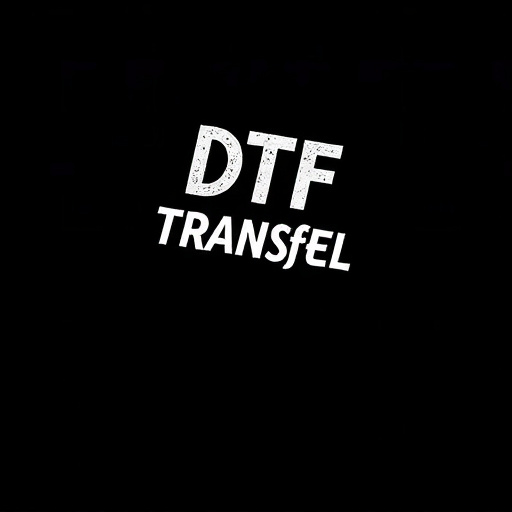
Direct-to-Film (DTF) technology has transformed how we create and preserve prints, offering superior…….
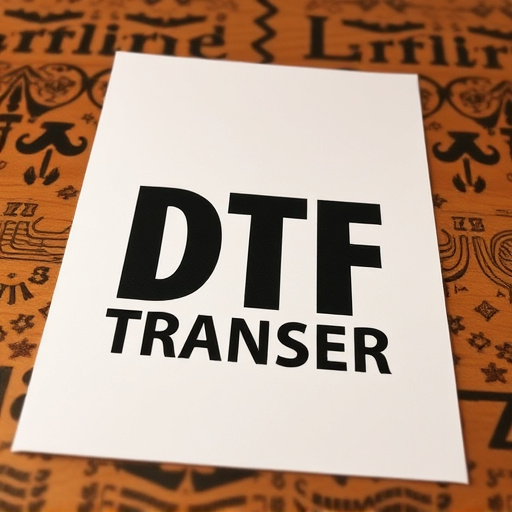
Direct-to-Film (DTF) transfers offer a cost-effective and innovative way to experience movies authen…….

Direct-to-Film (DTF) transfers offer an affordable, high-quality way to digitize old films. This tec…….
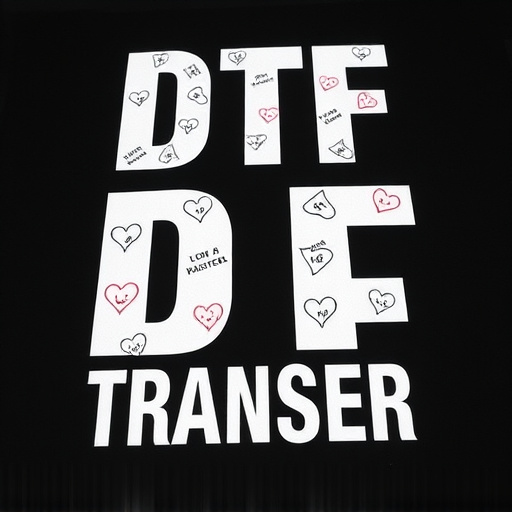
Direct-to-Film (DTF) printing is revolutionizing the print industry with its cost-effective, efficie…….
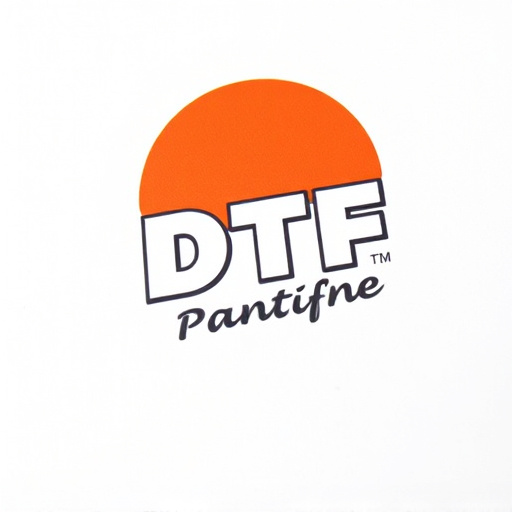
Direct-to-Film (DTF) prints are a cutting-edge, cost-efficient way to preserve memories or create un…….
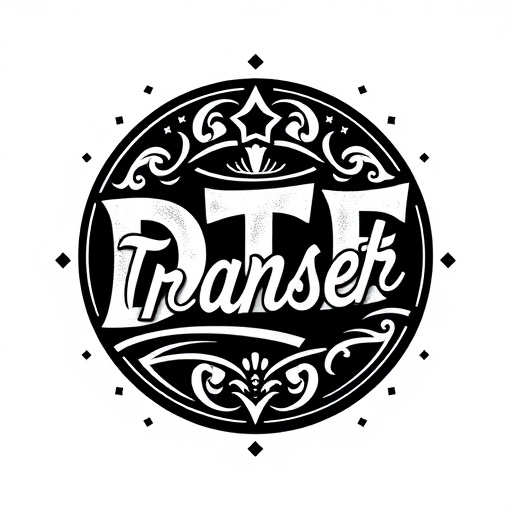
Direct-to-Film (DTF) printing is a cost-effective, versatile method for producing high-quality custo…….
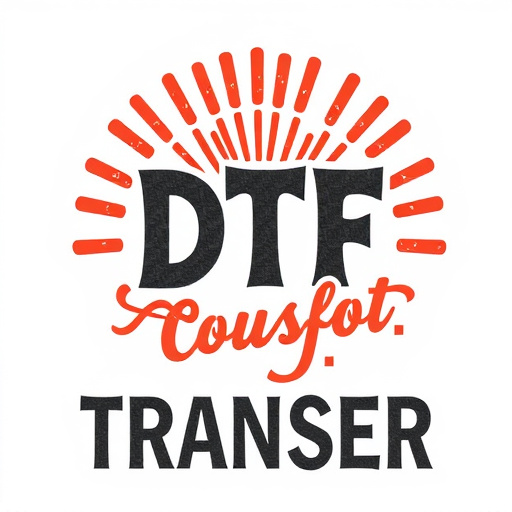
Direct-to-Film (DTF) prints have disrupted the printing industry by offering high-quality, budget-fr…….

Direct-to-Film (DTF) transfer is a revolutionary printing method that cuts costs and streamlines pro…….